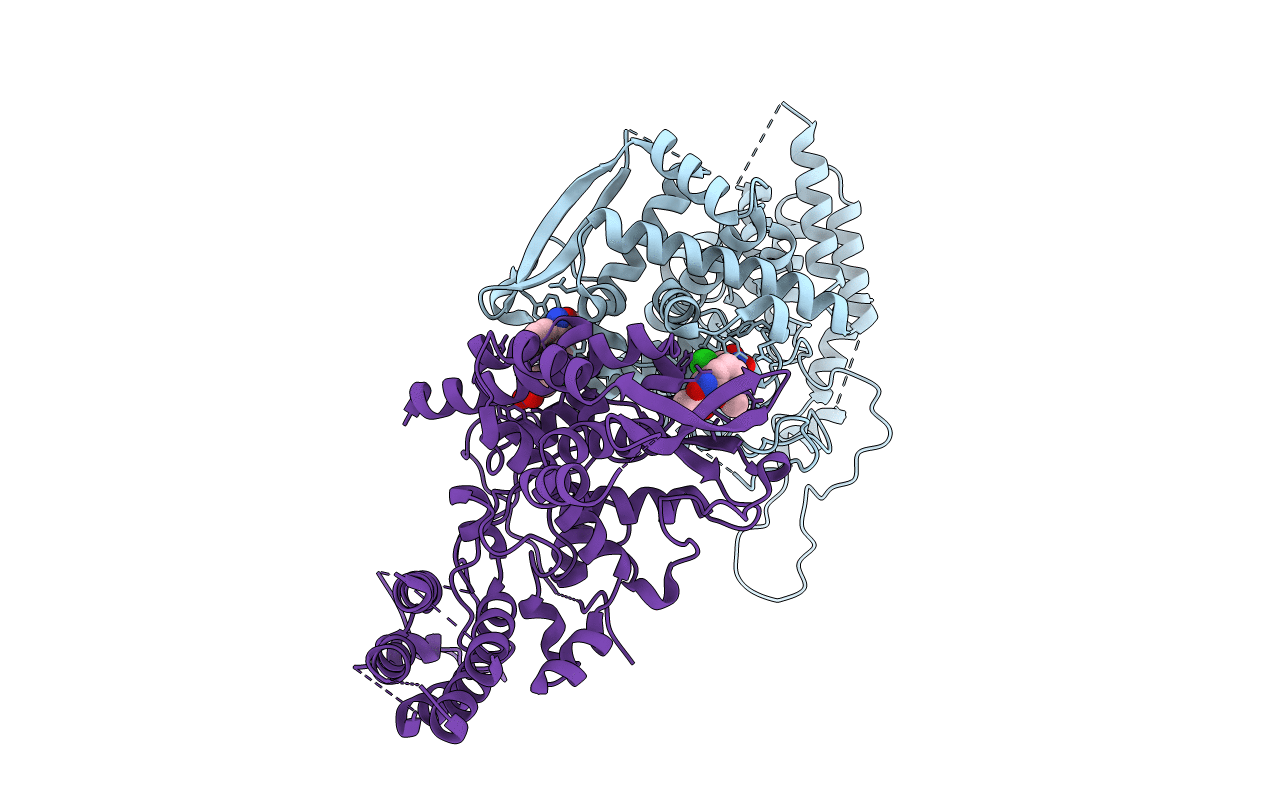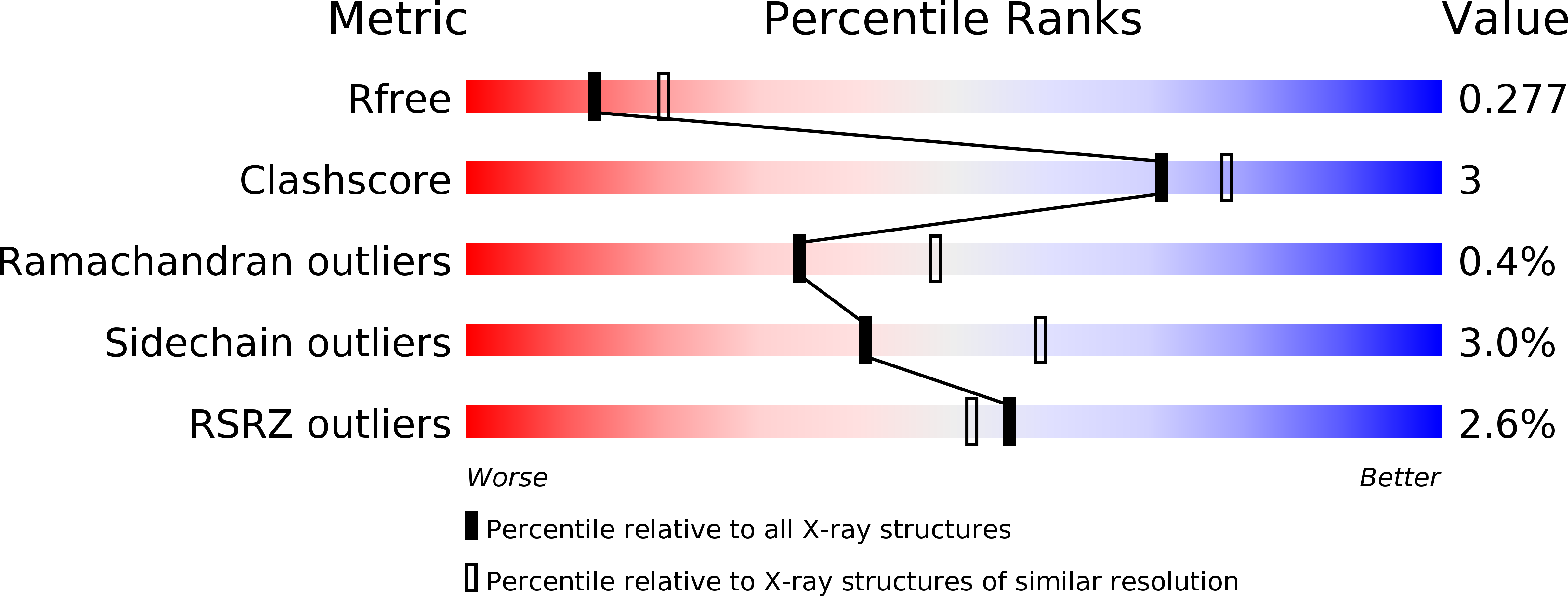
Deposition Date
2011-04-25
Release Date
2011-09-14
Last Version Date
2024-02-28
Entry Detail
PDB ID:
3RO5
Keywords:
Title:
Crystal structure of influenza A virus nucleoprotein with ligand
Biological Source:
Source Organism:
Influenza A virus (Taxon ID: 381518)
Host Organism:
Method Details:
Experimental Method:
Resolution:
2.66 Å
R-Value Free:
0.28
R-Value Work:
0.24
R-Value Observed:
0.24
Space Group:
P 21 3


